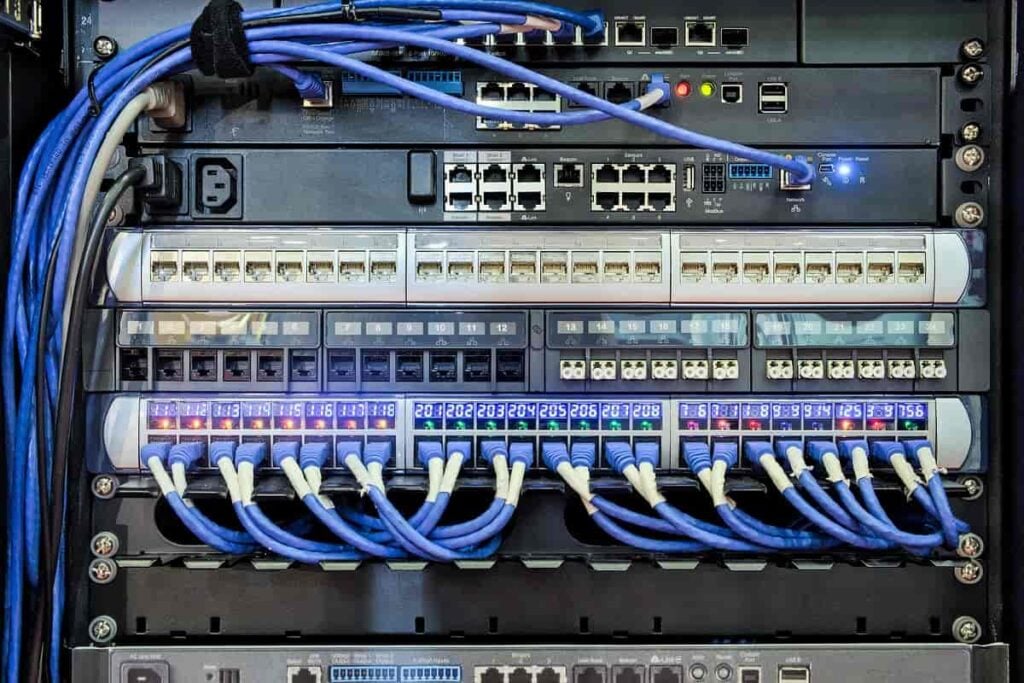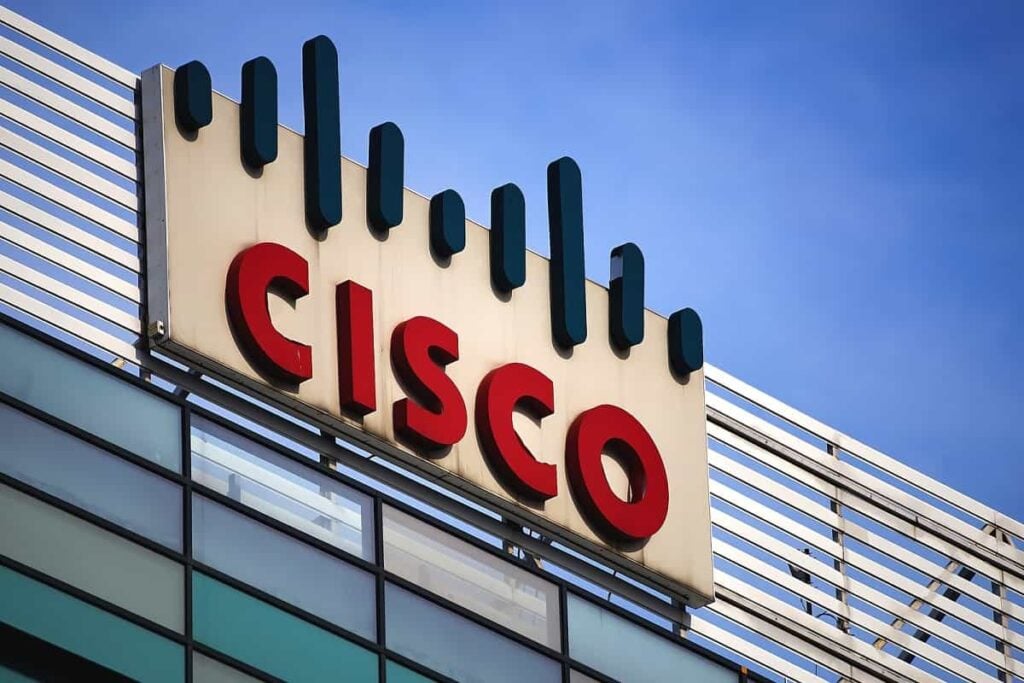GitLab Stock and the Generative AI Opportunity
Table of contents

Our recent piece on the generative AI opportunity highlighted a report by McKinsey that identified a handful of functions that encompass around 75% of generative AI’s disruptive potential. Among those was software engineering for corporate IT and product development which represents a potential $899 billion “productivity uplift.” For example, one study by Cornell showed that developers paired with Microsoft’s GitHub Copilot tool could complete a task 55% quicker. Common sentiment seems to be that AI-powered coding tools are putting inexperienced programmers on par with their experienced counterparts.
Trying to estimate the potential opportunity here is difficult. McKinsey tells us GitHub Copilot is used by more than 20 million coders which would represent a fifth of the 100 million developers that GitHub claims are using their platform. Just because a feature is made available to developers doesn’t mean they’ll use it, but the takeaway is crystal clear. The future is in AI-assisted programming, so how can we invest in the tools that tomorrow’s developers will use to create computer code more efficiently?
Revisiting Gitlab Stock
Unless you’re an IT professional it may be easy to confuse GitHub with GitLab (GTLB). The former is owned by the evil empire, Microsoft, while the latter is a publicly traded stock that offers investors pure-play exposure to a category of software engineering more broadly referred to as “DevOps” (stands for Development Operations.) The last time we looked at Gitlab was back in 2021 in a piece titled, GitLab Stock: An Overvalued DevOps Pure Play. At that time, the company was extremely overvalued with a simple valuation ratio exceeding 70. That’s since changed.

Based on the above chart, Gitlab has an average SVR of around 13 which means anything below that might represent an attractive entry point. Shares of Gitlab were recently down nearly 19% after releasing their fiscal 2024 year-end earnings when the company reported 37% revenue growth and “only” 26% revenue growth forecasted for this year. The language around this guidance was that it was “less conservative.” In other words, the likelihood of beating that guidance – something the company has been consistently doing – is much lower than it has been. The biggest opportunity for future growth might come from (wait for it) generative AI.
GitLab Stock and Generative AI
“Microsoft can practically give away access to GitHub and not suffer much economic damage.” That’s what we concluded in our past piece on Gitlab, but the reality is they probably won’t. Since acquiring GitHub in 2018, Microsoft has tripled the user base and hit $1 billion in annual revenues from the platform in 2022. Now, they can upsell all those users generative AI functionality – Microsoft Copilot for programmers costs $10 per month or $100 per year. If the productivity gains live up to the hype, then having this tool wouldn’t be optional. That represents a ten-billion-dollar opportunity without having to do much. This didn’t go unnoticed over at GitLab.
While Microsoft has gotten into bed with OpenAI, GitLab has done the same with Google. Last year GitLab announced Duo Pro, a paid add-on for GitLab Premium and Ultimate customers that includes Code Suggestions, Chat, and organizational control capabilities for $19 per user per month. While presently in beta, they claim to offer “more AI features than anybody else,” especially when you consider how it might be applied across the entire software development lifecycle, not just slinging code.

Add-ons like Duo Pro promise to boost “average revenue per user” or ARPU which should be reflected in their net retention rate (NRR).
Key Metrics to Watch
Revenue growth is the ground truth for any growing software platform, and GitLab’s recent stutter step – “just” 26% growth for 2024 – hardly seems like a concern given the old macroeconomic headwinds that are lengthening sales cycles and making clients purchase in smaller bites.

We’re more interested in making sure that existing customers find the solution valuable and aren’t going over to “the dark side.” Gross retention rate – or cancels – would be the ideal metric to watch, though we’re not provided with those numbers. Instead, we’ll need to watch the “customer buckets” such as “number of customers spending more than $5,000” to make sure that keeps increasing over time. (Last year it was 8,602, up from 8,175 the year prior.) While GitLab’s NRR has been trending downwards, it’s still at 130% which is well above the industry average of 120%.
As for survivability, the company has around $1 billion in cash and achieved positive operating cash flows last quarter. There is still plenty of dry powder to invest in the business or make bolt-on acquisitions needed to shore up their platform offering.
One Platform
Developers will always have strong opinions about which DevOps tools they use and prefer. Anecdotal banter about GitLab vs GitHub doesn’t provide much color on which offering is functionally better. The MBAs over at Gartner don’t offer many competitive comparisons in their “DevOps Magic Quadrant” except to say that both companies are leaders. Aside from looking at revenue growth (which is only disclosed by one party), we can also examine how GitLab differentiates their offering in the investor deck. For example, they keep referring to “one platform,” and the below diagram emphasizes how they’re able to reduce complexity by reducing vendors of DevOps tools commonly used by software developers.

Today’s CTO is looking to reduce vendors. Software companies with more holistic offerings have an advantage over competitors that don’t. GitLab says, “the biggest benefit when they move to GitLab is that the planning happens on the same platform as the creation.” Expanding features across the entire software development lifecycle – planning, analysis, design, implementation, and support – helps embed their “one platform” into organizations so that it’s tougher to displace. It’s not just a code repository anymore. Applying AI then becomes more than just autocompleting lines of code.
Cloud vs Hosting
“The majority of our revenue is still coming from customers who have a self-managed installation,” says GitLab. Clients can self-host the platform on their own servers which is something GitHub doesn’t support. While these self-hosted implementations still live “in the cloud,” they’re dedicated installations such that the client’s codebase is in no danger of mingling with other codebases. In a past article titled Bargain Hunting Software-as-a-Service Stocks, we talked about the revenue uplift software-as-a–service (SaaS) companies can realize when they move a client from self-hosted to SaaS. Basically, the client has to do far less support and maintenance so they save money while the vendor can then charge a bit more without incurring additional costs. Everyone wins.
At a recent Morgan Stanley conference GitLab talked about how their GitLab Dedicated offering provides a way for clients to move from self-hosted to SaaS while still being in an environment that’s maintained entirely independent from other instances. When queried about the revenue uplift, GitLab said there are spending requirements that must be met before this option becomes available for clients, so that’s a form of uplift in itself. The key takeaway here is that the “keep my code in its own sandbox” feature may provide a competitive differentiator when compared to GitHub. If this is a $40 billion total addressable market, and GitHub and GitLab have only captured less than 5% of that (according to GitLab management), then there is plenty of room for both offerings to grow without stepping on each other’s toes too much.
Conclusion
Waiting three years for shares of GitLab to become more reasonably valued seems to have paid off, though they’re still presently trading at an above-average valuation. The promise of upselling AI functionality to their existing customer base seems to offset concerns around lower guidance, while net retention rate shows that customers continue to spend more over time. When McKinsey talks about how generative AI stood to create billions in economic value, its vendors like GitHub and GitLab that stand to benefit. Adding shares of Gitlab to our portfolio might make sense at a reasonable valuation.
Sign up to our newsletter to get more of our great research delivered straight to your inbox!
Nanalyze Weekly includes useful insights written by our team of underpaid MBAs, research on new disruptive technology stocks flying under the radar, and summaries of our recent research. Always 100% free.














